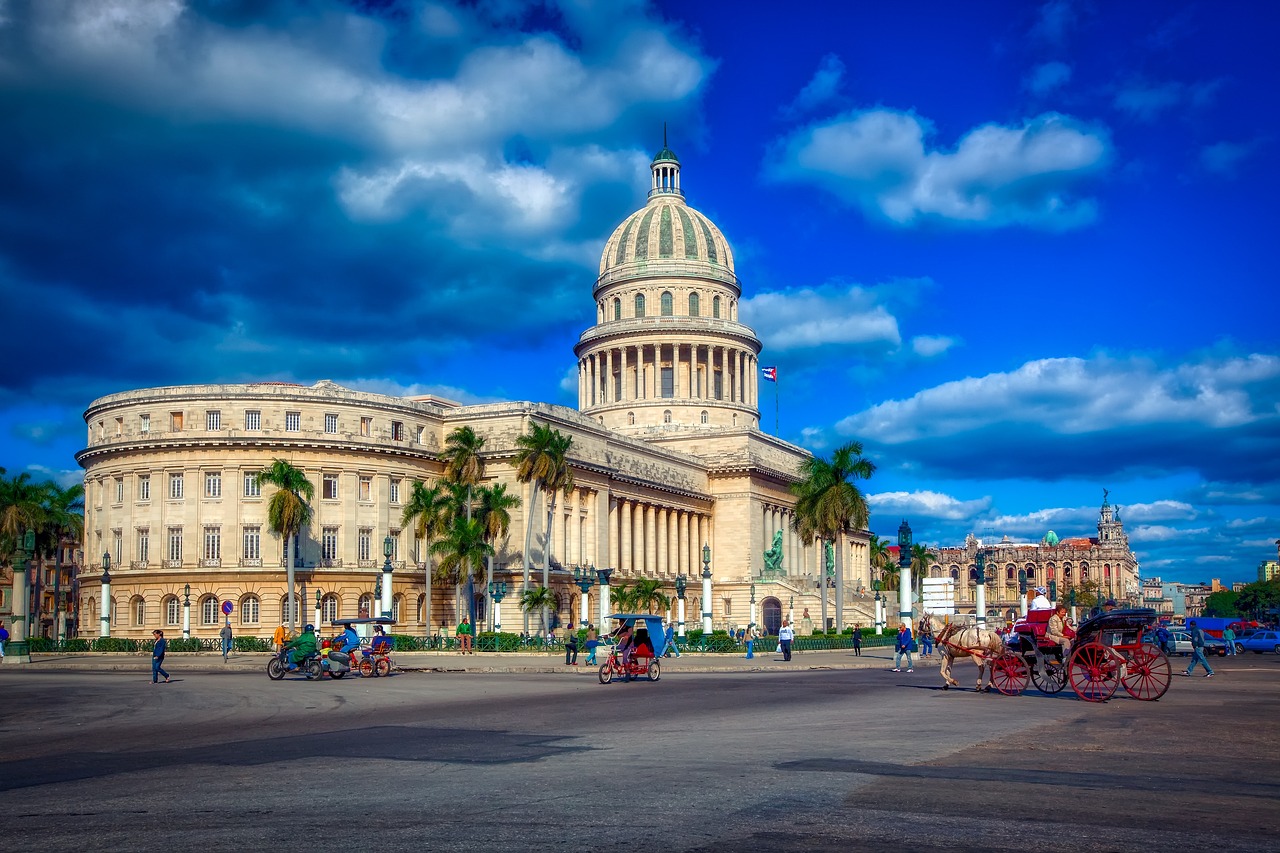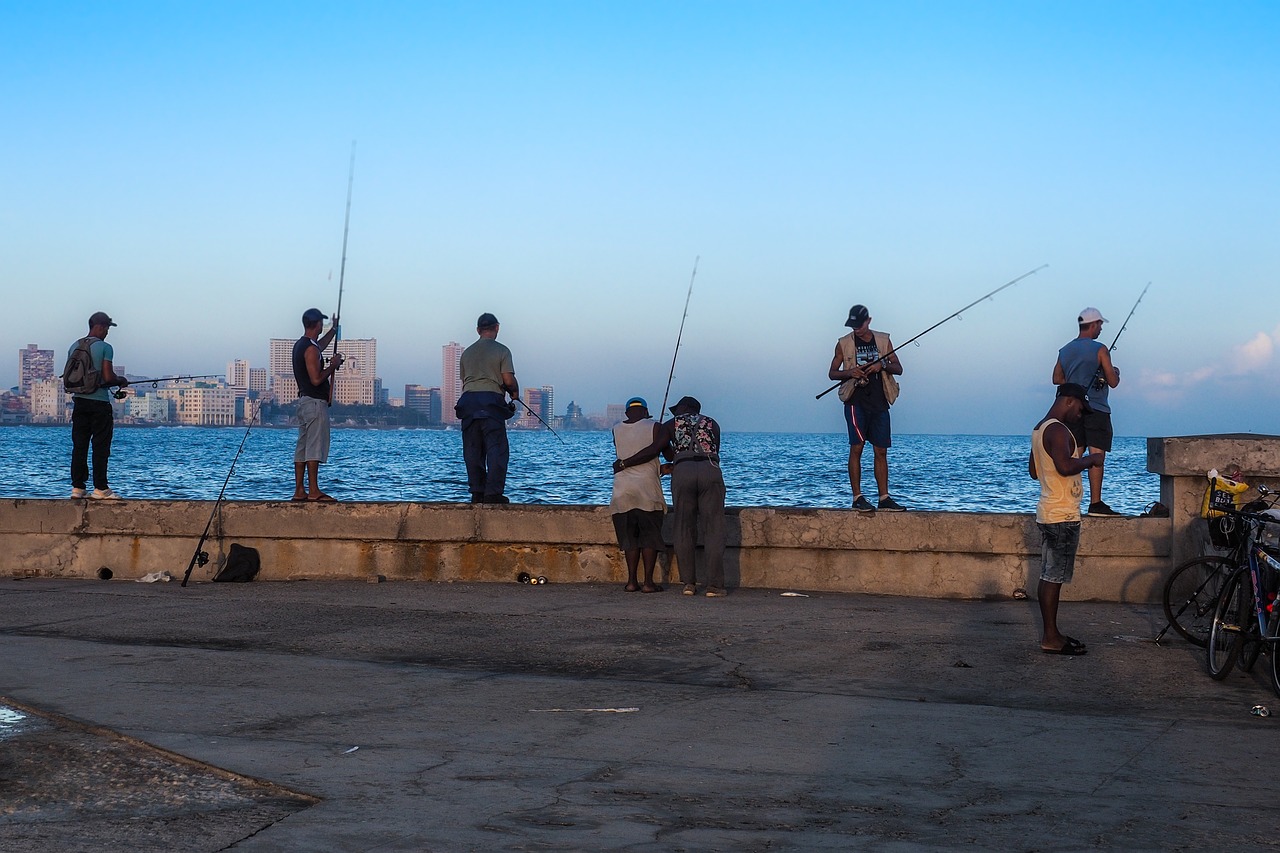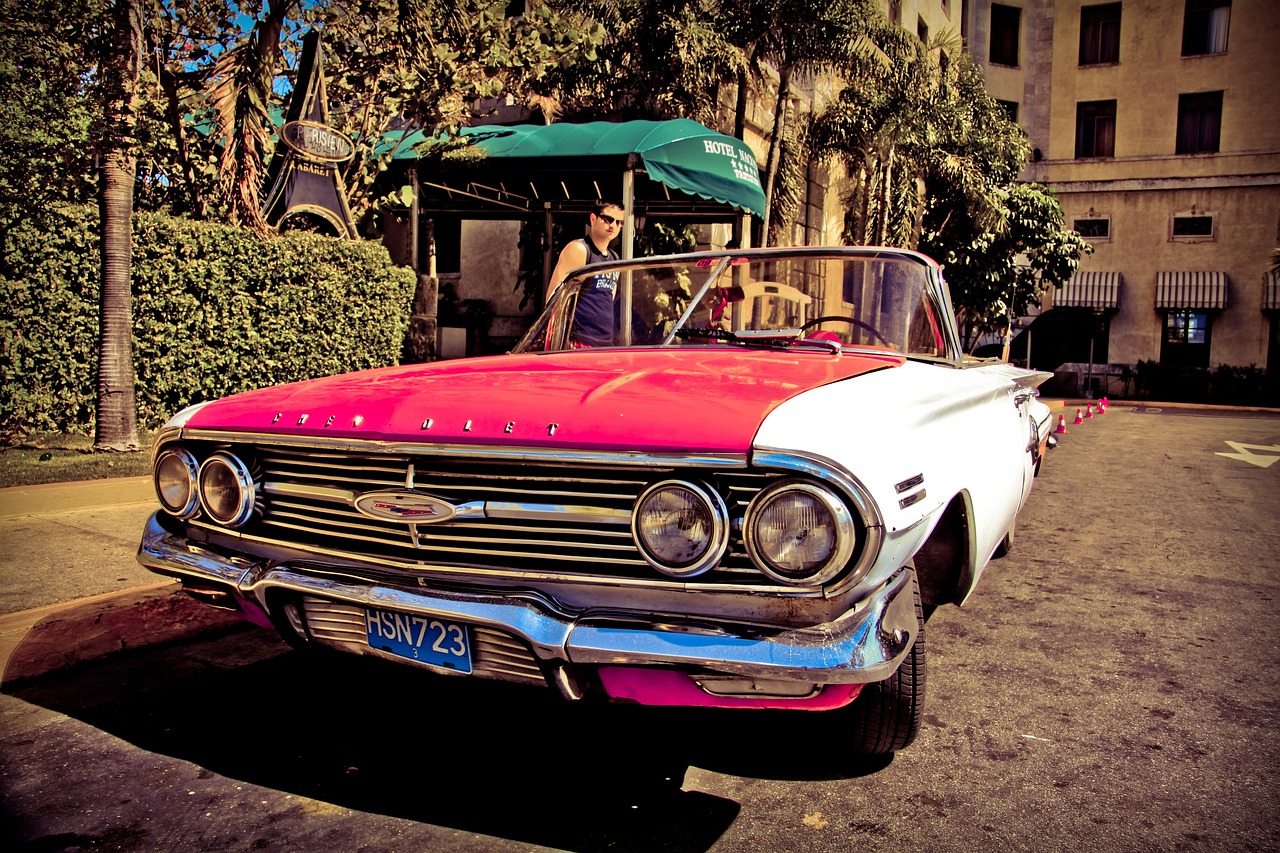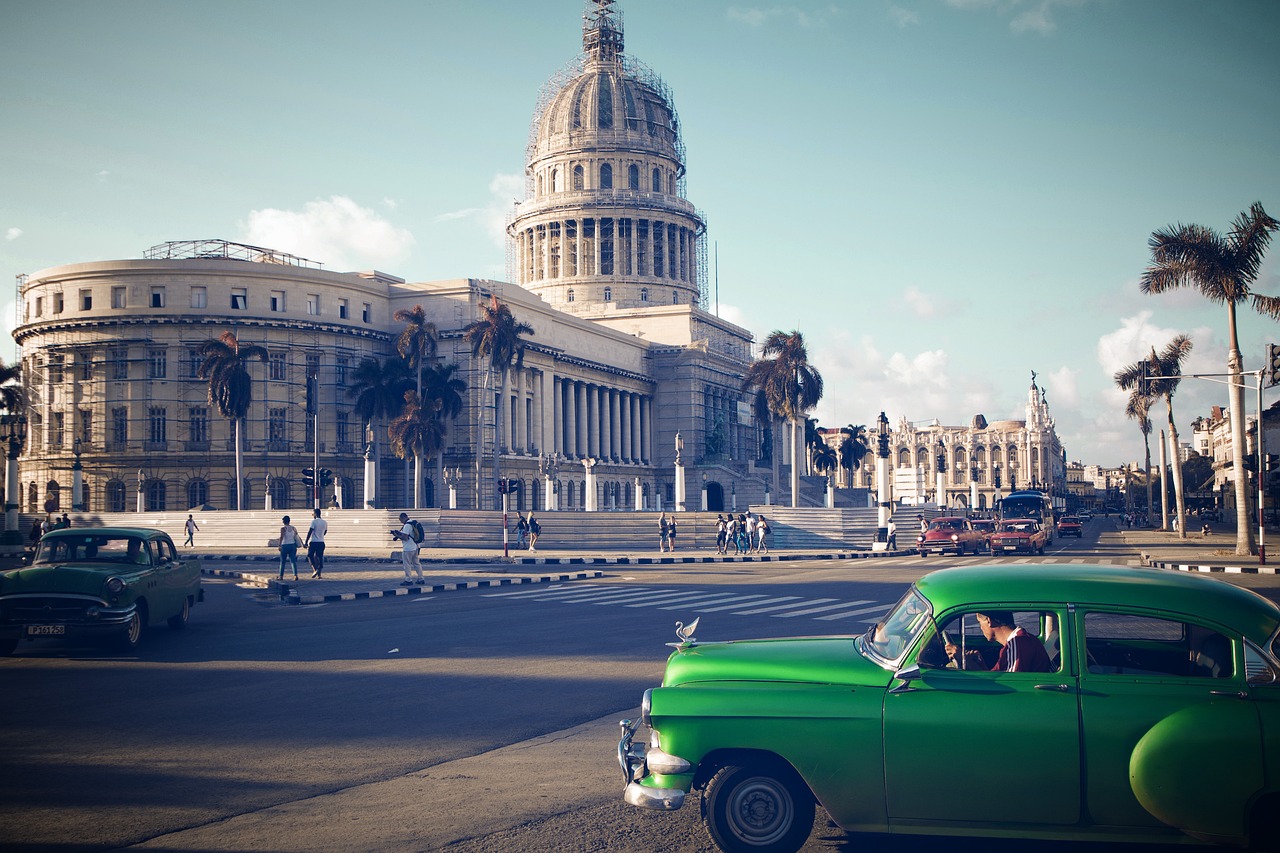Are you planning a trip to Cuba in 2024? The country is certainly undergoing some changes in recent years, and no doubt there’s more to come as with its vibrant culture, stunning landscapes, delectable cuisine, and rich history, Cuba promises an unforgettable experience for travellers.
However, before embarking on your dream vacation, it’s vital to grasp a key aspect of travel in this island nation: currency.
Despite of recent economic transformations, cutting out the ‘tourist currency’, navigating Cuba’s currency system can be confusing for tourists. There are several nuances to understand before exchanging your money. So put down those guidebooks and get ready for an informative ride as we dive into the complexities of Cuba’s currency scene.

National Currency in Cuba
The national currency in cash form, available to all (even tourists) is the Cuban Peso, also known as CUP or simply peso. Bills come in the following denominations: 1, 3, 5, 10, 10, 20, 20, 50, 100, 200, 500 and 1000 pesos.
Should you exchange any money in Cuba, this is the currency that you will receive.
You may occasionally hear of another currency in use, which is the MLC, or “Moneda Libremente Convertible”. It is Cuba’s innovative digital currency designed to provide a functional and flexible means of transaction for Cuban residents. Launched by the Cuban government, specifically tailored for Cuban nationals who have access to foreign currencies, often channelled through remittances from overseas relatives. These funds are deposited onto MLC cards, which residents use to purchase goods in specialized state-run stores that offer a wider array of imported products.

Exchange Rate in Cuba
One thing you will notice in Cuba is that nothing runs as it should! For an outsider it can pretty much appear like a puzzle how things work, one thing to understand is that most things run in, what locals like to refer to, as the ‘parallel market’ based on relationships and networks.
The exchange of foreign currency is the same.
The official exchange rate of USD to Cuban Pesos is 1:120. Which is the worst rate you can get on this island, not to mention the additional bank fees on top of it. The unofficial exchange rate, at the time of writing is 1:320. Bit of a difference there!
However, as a traveller, you should not attempt to navigate the informal market alone. It is important to use a trusted money changer and be up to date with the rates.
But before we even consider exchanging money anywhere, let’s step back for a minute as there are several other things to consider first.

What is the best currency to bring to Cuba?
This is a question we often get asked, answer is USD or EUR will give you the best exchange rates on the island – in the informal market. If you are from Canada, CAD is also accepted, and is more popular in the resort areas like Varadero.
Please do not rush to exchange money before you spoke to your guide, or casa host, firstly because there are services, activities and accommodation that would require you to pay in foreign currency. Secondly, your hosts are well versed in exchanging cash in the ‘parallel market’ and have contacts to assist you, to ensure you get the right rates. Secondly, they can guide you with how much to change at a time, depending on what you will be doing. You don’t want to have too much peso on hand, just enough to pay for things like the loo, water and maybe meals.
Is it a MUST to take EUR or USD to Cuba?
If you are from the US, no need to change your cash to Euros, just bring USD. If you are from Canada, bring CAD, it works perfectly fine. If you are from Europe, bring EUR of course. If you are from anywhere else, bring USD or EUR – especially if you are from Australia as AUD is not accepted on the island.
Whilst the CADECA – the official government money changer – may accept Mexican peso and a few other currencies, it’s advisable to stick to USD or EUR.

Should I bring Cash to Cuba?
Yes! Cash is still king in Cuba!
We already explained that cash gets better exchange rates at the informal market, but let us dwelve a little deeper why cash is the most advantageous option to choose when you are travelling to Cuba.
Using ATMs is an every day thing in the western world. We take it for granted. In Cuba if you use your card at the ATM, firstly all withdrawals will give you Cuban Pesos and you will get the lower exchange rate, secondly you will get charged a bank fee, and a foreign currency exchange fee. And that is if you actually manage to use the ATM!
Most smaller towns in Cuba, won’t have an ATM or it will be out of cash – also possible at larger cities – and may not have electricity to use it. Not to mention that your card may not work! For non-US citizens, this means any banks that have a relationship with a US bank or are owned by a US entity, your card won’t work.
Or in case of US travellers, it will definitely not work, so bringing cash from home is NOT optional for you. Because of the U.S. embargo against Cuba, your bank cards and credit cards will not work in Cuba, and there is no way around this – you MUST bring all the cash you’ll need for the duration of your trip!

Internet Banking in Cuba
It’s a bit of a hit and miss. We do recommend that you download Nord VPN before your arrival to Cuba to assist you with running some apps, banking apps being one of those. However even with the VPN there are some banks that will not work whilst you are in Cuba.
And even if they do and you manage to initiate a payment, your security code is highly unlikely to get to you for that two factor authentication. So if you think you may need to use internet banking while you are in Cuba, I recommend that you enlist the help of a trusted friend or family member you can set up to receive such codes to assist you making payments.
Good to have this as plan B, but best if you prepare not to have to access it.
One last thing to consider…
Apart from common sense of not carrying all your cash with you at any given time is not to exchange all your cash to CUP because some services may need to be paid in currency. Another reason why you don’t want to exchange all your currency into CUP is because you cannot exchange it anywhere else, only in Cuba. So if you have any CUP left at the end of your trip, you better spend it before you go through customs.
Navigating the currency scene in Cuba can be tricky. Ultimately, the wisest approach is to lean on those who truly know the landscape. Don’t try to manage it alone. Let us help you navigate the confusing money scene of Cuba with our expert guides. Trust in our local knowledge and ensure you make the most out of your Cuban adventure.


